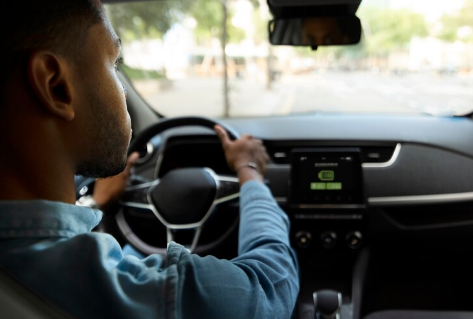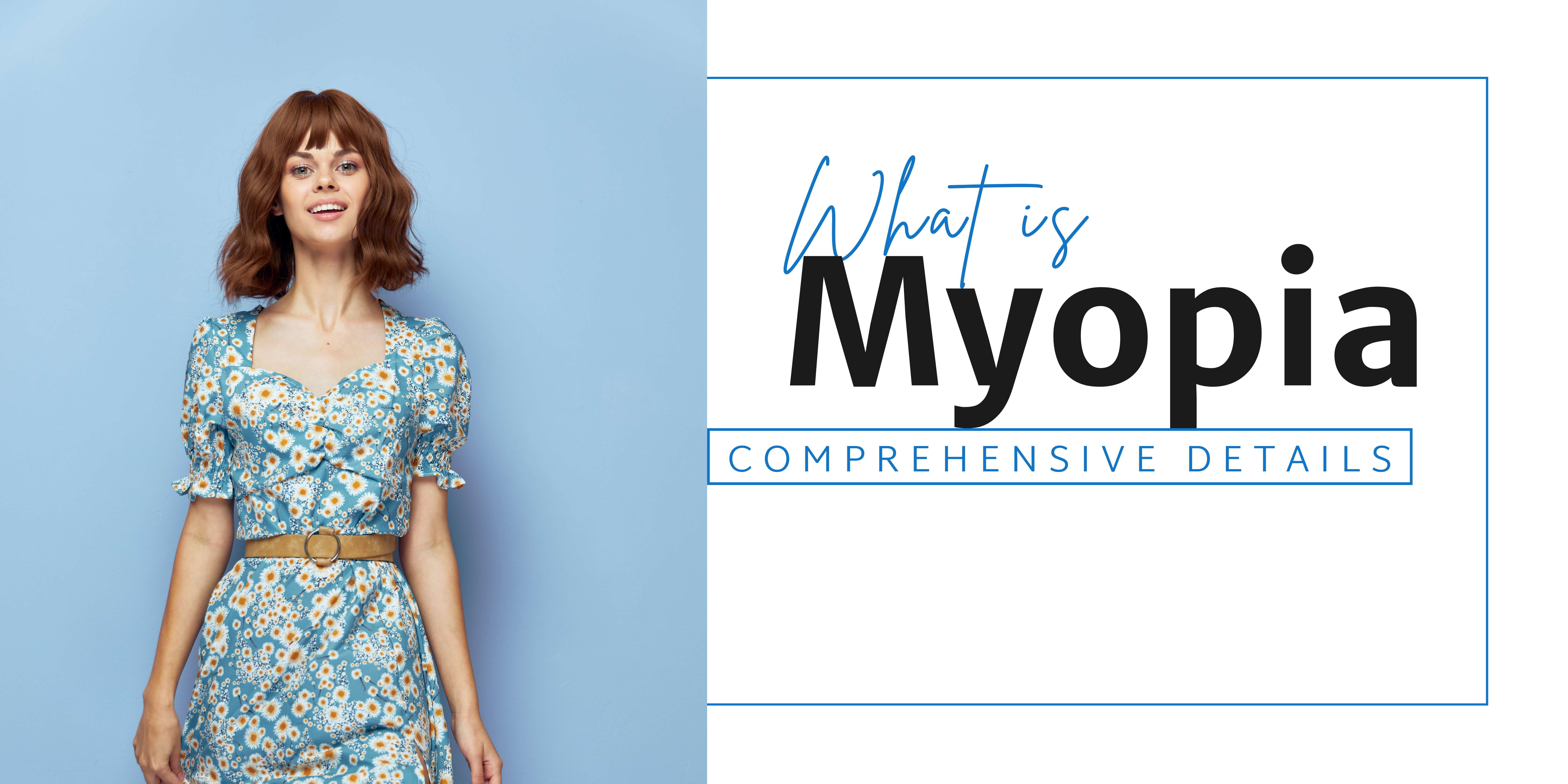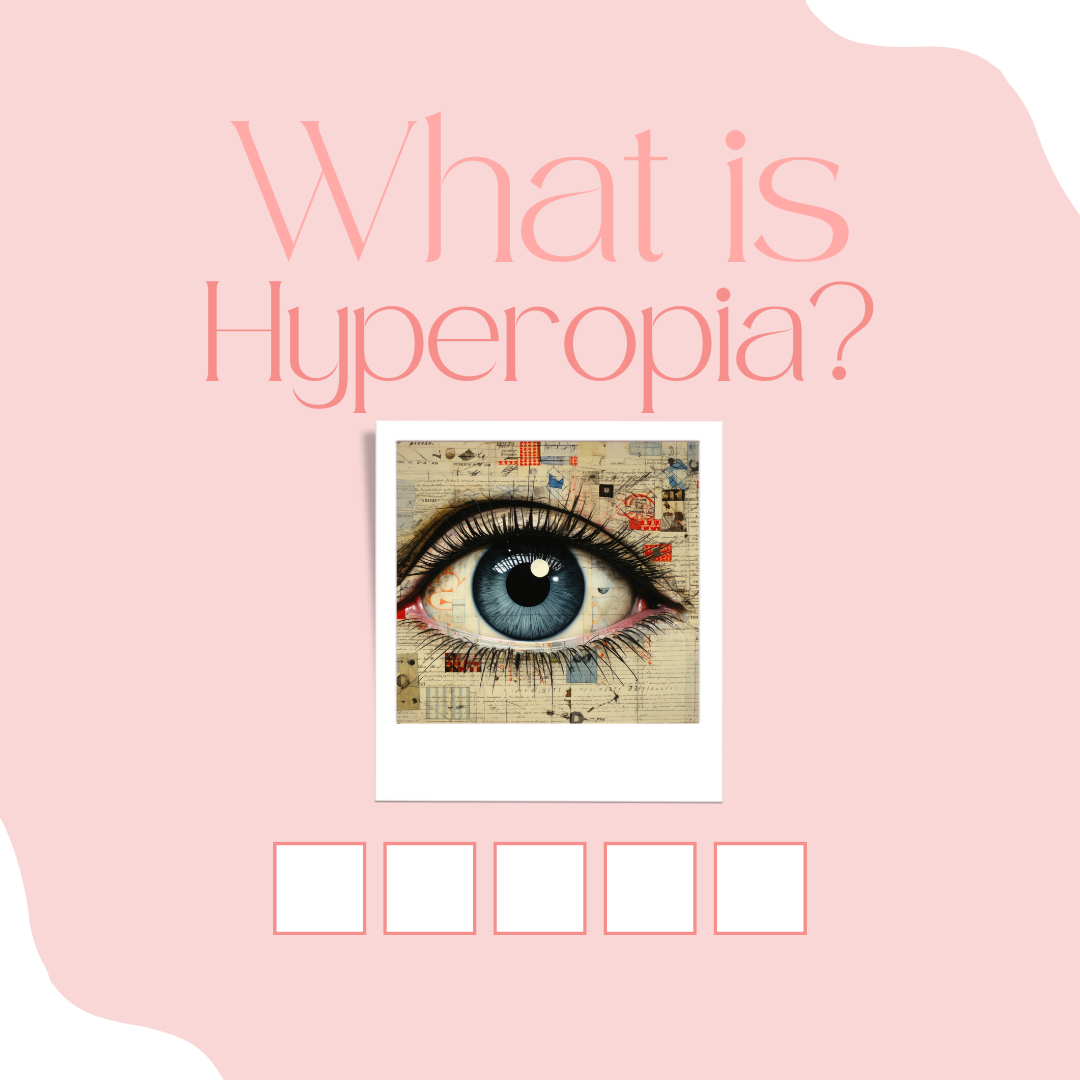Low Vision: What Is Low Vision?

As people age, their eyesight often worsens. While bifocals or reading glasses can help, some individuals experience vision problems that interfere with daily tasks like reading or driving.
This condition, known as low vision, affects around 4 million Americans. Unlike typical vision issues, low vision can't be corrected by glasses, contact lenses, or medical procedures. In fact, it is one of the leading causes of disability in the U.S.
This year, nearly 500,000 people were newly diagnosed with low vision, and the numbers are rising fast. Studies suggest that in the next 30 years, cases of blindness and low vision will more than double. By then, 2.3 million people could be blind, with over 9.5 million living with low vision.
What Is Low Vision?
Low vision refers to a loss of sight that can't be fixed with regular glasses, contact lenses, or surgery. While it doesn’t mean complete blindness, you will have some remaining vision. Vision aids, like magnifying glasses, can help manage it.
Low vision varies in severity. Some people might have blind spots, while others could have almost no vision. The Academy of Ophthalmology identifies two types of low vision based on your best eye:
- Partially sighted: Vision ranges from 20/40 to 20/200 with prescription lenses.
- Legally blind: Vision is no better than 20/200 with correction, or your field of vision is limited to less than 20 degrees.
The World Health Organization classifies visual impairment based on how well a person can see in their better eye, even with glasses. Here’s a simple breakdown:
- Mild vision loss: 20/30 to 20/60, meaning near-normal vision.
- Moderate low vision: 20/70 to 20/160, which means moderate vision impairment.
- Severe low vision: 20/200 or worse.
- Profound low vision: 20/500 to 20/1000.
- Near-total low vision: Less than 20/1000.
- Total blindness: No light perception at all.
In the U.S., someone is considered legally blind if their vision can’t be corrected beyond 20/200 in their better eye, or if they have less than 20 degrees of peripheral vision.
Vision problems can vary widely, and visual acuity (like 20/40 or 20/200) isn’t always a good indicator of how well someone can manage daily life. A person with better acuity might still struggle, while someone with worse acuity could have little trouble.
What Causes Low Vision?
Low vision can occur due to many different conditions, injuries, and aging. As people age, particularly after 45, the risk of developing certain eye conditions increases, and by 65, the likelihood is even higher. Common age-related eye problems like macular degeneration, glaucoma, cataracts, and optic neuropathy can all contribute to significant vision loss.
Beyond aging, several other factors can lead to low vision, including:
- Glaucoma: A condition that damages the optic nerve, often caused by high pressure in the eye.
- Diabetes: This can lead to diabetic retinopathy, where high blood sugar damages the blood vessels in the retina, affecting vision.
- Eye cancer: Tumors in or around the eye can impact vision, either directly or by affecting surrounding structures.
- Albinism: A genetic condition that affects the development of the eye, leading to low vision or other visual impairments.
- Stroke: When a stroke affects the parts of the brain that control vision, it can lead to partial or total vision loss.
- Eye trauma: Injuries to the eye from accidents or physical harm can cause lasting damage and impair vision.
- Brain injuries: Trauma to the brain, particularly in areas responsible for sight, can result in vision loss or difficulties processing visual information.
- Amblyopia: the visual system fails to develop normally during childhood. The blurry vision that results in one or both eyes is not easily corrected with normal glasses or contact lenses alone.
Each of these factors can cause varying degrees of low vision, which may affect daily activities and quality of life. While low vision cannot always be fully corrected, treatments and vision aids are available to help manage the condition.
What are the signs and symptoms of low vision?
Low vision can present itself in various ways, affecting individuals differently. Here are some common forms of vision loss:
- Central vision: Difficulty seeing what’s directly in front of you.
- Peripheral vision: Trouble seeing out of the sides of your eyes.
- Depth perception: Challenges in judging distances between objects.
- Contrast sensitivity: Difficulty distinguishing objects from backgrounds of similar shades.
- Night vision: Trouble seeing in low light or at night.
- Glare resistance: Difficulty functioning in bright light.
Individuals with low vision may struggle with activities such as reading, driving, cooking, classroom learning, watching TV, using computers, recognizing faces, and navigating unfamiliar places.
In children, signs of low vision can include:
- Bumping into objects frequently.
- Holding items very close to their eyes.
- Squinting or blinking often.
- Covering or shutting one eye frequently.
- Fluttering or dancing eyes.
- Eyes that do not align.
- Pupils of different sizes.
- Pupils that appear gray or white.
Permanent vision impairment can lead to side effects like reduced physical and social activity, loss of independence or employment, hallucinations (known as Charles Bonnet syndrome), and anxiety or depression.
Several factors can cause low vision, including acquired diseases, injuries, and congenital defects. Some common causes are:
- Macular degeneration: This condition gradually leads to a loss of central vision, often presenting as a blurry or blind spot in the central field of vision, particularly affecting those over 50.
- Cataracts: Age-related clouding of the eye lens that can be treated with surgery, although not everyone is eligible for the procedure.
- Glaucoma: A progressive condition that damages the optic nerve, usually starting with peripheral and night vision loss, which can result in irreversible damage without treatment.
- Diabetes-related retinopathy: A complication of diabetes that causes leaking blood vessels in the eye, leading to pressure and damage to the retina.
- Retinopathy of prematurity: Abnormal blood vessel growth in the retinas of premature infants, which can cause lasting damage in some cases.
- Amblyopia (lazy eye): A congenital issue causing blurred vision in one eye, where the brain relies more on the stronger eye, causing the weaker eye to drift.
Common types of low vision
Loss of central vision: This causes a blurry spot or blind area in the center of your vision, while peripheral (side) vision stays clear. It makes it hard to read, recognize faces, or see distant details, but doesn't usually affect mobility since side vision remains intact.
Loss of peripheral vision: With this, you can’t see to the side or above and below eye level, but your central vision is still clear. This makes it possible to read or see things straight ahead, but mobility can be challenging. If the peripheral vision loss is severe, it can also slow down reading since only a small portion of text is visible at a time, often called "tunnel vision."
Blurred vision: Blurred vision causes difficulty seeing clearly both up close and far away, even with glasses or contacts.
Reduced contrast sensitivity: This results in a loss of visual clarity, often making everything appear hazy or cloudy, as if you're looking through a film.
Light sensitivity (glare): In this case, normal light levels may feel too bright, making images appear washed out or causing discomfort. For some, even typical light conditions can be painful or irritating.
Night blindness: People with night blindness struggle to see in low-light situations, such as outside at night or in dimly lit spaces like movie theaters or restaurants.
How Is Low Vision Diagnosed?
During a low-vision exam, an optometry doctor specializing in low-vision rehabilitation will start by gathering a detailed personal and family health history, including eye health.
The doctor will focus on understanding the patient's specific visual challenges, asking how these impairments affect daily activities such as reading, computer use, traveling, recognizing faces, cooking, driving, working, watching TV, attending school, and enjoying hobbies. They will also check for signs of depression, which can be more common among those experiencing vision loss.
The examination includes specialized tests to assess visual acuity using low-vision charts that feature a wider range of letters and numbers to pinpoint the level of vision impairment. Additionally, the doctor will evaluate visual fields, glare sensitivity, contrast sensitivity, and reading capabilities.
At the end of the evaluation, the doctor will develop a personalized rehabilitation plan tailored to the patient's visual abilities and goals. Vision rehabilitation typically occurs over multiple visits to the clinic.
Low vision rehabilitation
Treatment for low vision is known as vision rehabilitation, which aims to enhance your remaining vision and support your independence. This approach may involve various resources tailored to your needs.
Your rehabilitation plan could include:
Low Vision Aids and Devices
You might find these helpful:
- Prescription glasses or contact lenses
- Optical magnifiers or telescopes
- Electronic magnifiers and screen readers
- Large print and high-contrast materials
- Voice-to-text and audio reading technologies
- Audible home devices
Practical Training and Support
Additional support may involve:
- Occupational therapy: Learning new ways to complete daily tasks.
- Mobility specialists: Guidance on navigating your environment safely.
- Rehabilitation instructors: Teaching independent living skills.
- Special education or vocational services: Support for educational and job-related needs.
- Counseling or psychotherapy: Maintaining mental well-being.
- Support groups: Connecting with others facing similar vision challenges.
Together, these resources help individuals manage low vision effectively and lead fulfilling lives.
How to cope with low vision?
Not everyone with low vision seeks rehabilitation services, but many could significantly benefit from them. A wide range of resources, including practical tools, helpful tips, and social and emotional support systems, are available to assist individuals in managing their condition.
Adapting to a disability can be challenging, but it becomes more manageable when you don’t face it alone. Remember, others have encountered similar challenges and have found effective solutions and coping strategies that they can share with you.



